
Digital Marketing Guide for Startups – Part 1
Digital marketing for startups is quite challenging due to the limited resources. We understand this, and that’s why we’ve put together a complete digital marketing guide for startups.
Preparing the basis
First things first, you need to prepare properly and build a solid base. This preparatory stage includes the following:
Defining your market
No matter how great your product or service is, targeting everybody with your marketing strategy is completely irrational. You’ll only waste plenty of time and money (which, as we said, you don’t have enough to start with).
To select your market, ask yourself these questions:
- How is your product/service unique?
- Who are you selling it to? Male? Female? A specific demographic?
- Why would people buy your product from you?
- Do they have enough money to buy your product?
- Is the competition in your niche fierce?
When you answer these questions, start researching your target market to find out as much as possible about your potential customers. You can gather data by checking publications that offer info on demographics, sales, and industry trends. You can also create surveys and polls to gather data on your target audience directly from the source.
Selecting keywords
Once you’ve defined your target market, start compiling a list with relevant words and phrases. To figure out what your relevant keywords are, answer this question: What would people type on Google if they wanted to find your site?
Begin with a shorter list containing 4 or 5 keywords that broadly cover your startup’s offer to customers. Later on, you’ll expand this list with more specific keywords.
Feel free to use free keyword research tools such as Google Keyword Planner, Wordtracker, and KeywordEye.
![]()
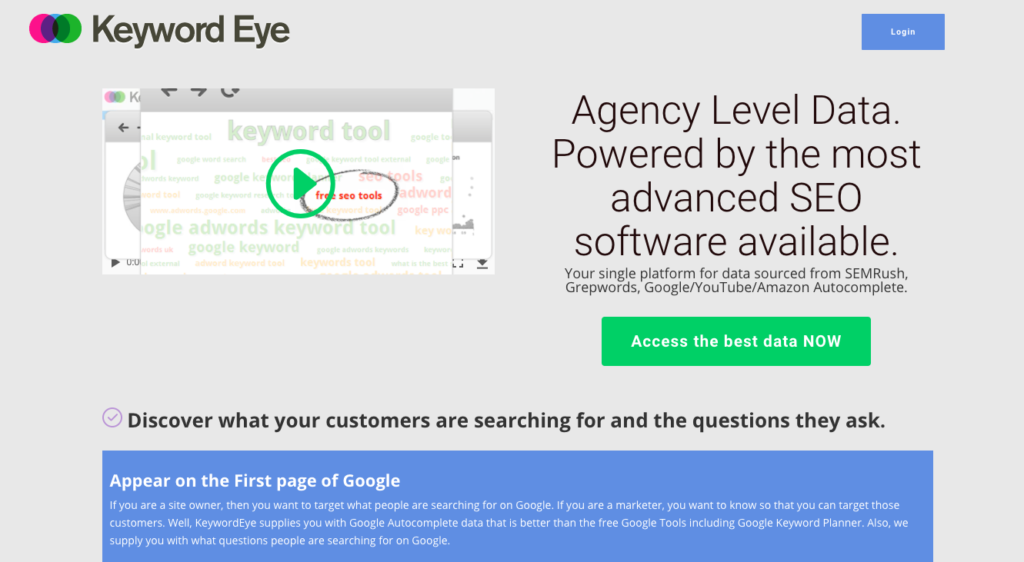
You’ll be using the selected keywords everywhere, from blogs to social media posts, so make sure you do a thorough research.
Defining your goals
Every startup has a different definition for success. Ask yourself: What exactly do I want to accomplish with my marketing strategy? Do you strive to increase revenues? Are you trying to increase engagement?
Once you determine your goal, set up a reasonable time frame in which it is to be achieved. For instance, “Increase the number of signups by 50% in the next six months.” Make sure that all members of the team know that this is your goal so they can commit to it.
Measure the success
After you’ve defined your goals, you can set up metrics that match those goals. Monitoring your marketing strategy’s success enables you to see whether you’re on the right track and, if not, to make the necessary adjustments.
Here are some of the key metrics to start with:
- Customer Acquisition Cost (CAC)
- Retention Rate
- Conversion Rate
- Customer Lifetime Revenue (CLR)
- Return on Advertising Spending (ROAS)
- Gross Margins
Define a budget
Money is always an issue for startups but you need to know how much you have to spend on your marketing efforts. This will allow you to determine the most important marketing activities and distribute the budget accordingly.
Estimates say that you need to have at least $1,000 – $5,000 a month in order to be able to create a somewhat comprehensive marketing strategy.
Start with building a good, user-friendly website because that’s what your customers see first and that’s the place where conversions happen. Don’t forget to optimize the site for mobile and to add a blog section where you’ll be able to post high-quality content and drive potential customers to the website.
Another portion of your budget should be allocated to social media. But since you are still restricted, you can’t be present on every single platform. Choose those where your audience is present (more about social media in Part 2).
If your budget is over $5,000 a month (lucky you!), then you can splurge and hire a marketing agency or an in-house marketer.
Finally, always have a ‘reserve’ for unanticipated expenses.
Digital Marketing Guide for Startups – Part 2

Social Media
Social media is such an important part of every startup’s marketing strategy, that it has a special section in this article. Everyone is using social media, so that’s the easiest way to make your business visible to the masses, including potential customers and influencers.
But many startups make the same mistakes – they either tend to choose social media platforms according to personal preference or strive to be present on every social media platform.
Well, sharing the same post on every platform simply won’t work.
Choose the best platforms for your startup
Don’t choose a certain network just because you personally believe it’s the best. Also, don’t choose it just because your competitors use it. Each platform works differently and requires different types of content.
Start by researching the demographic that is present on each platform and see how it compares to your target audience (see Part 1). This should help you choose the top three networks for your marketing efforts.
Defining when to post
Knowing the best times to publish your posts on social media not only helps you increase engagement but it also enables you to learn more about your audience.
First of all, each channel has different times when the audience is most active. And even though these times can’t be strictly defined, there are some best practices based on updated researches for 2018.
- from 1 p.m. to 4 p.m. during the week
- the best days to post are Thursday, Friday, and of course, the weekend when the engagement is highest. Avoid posting on Tuesdays.
- from 11 a.m. to 1 p.m. and after work from 7 p.m. to 9 p.m.
- Monday and Thursday are good days to post, but Wednesday has been found to have the highest level on engagement. Avoid posting on Sundays, unless you schedule your posts for 5 p.m.
- from 12 p.m. to 1 p.m.
- Every work day is great for posting on Twitter but Wednesday is the best. Avoid posting during weekends.
- from 8 p.m. to 11 p.m. Avoid posting during work hours.
- The best days to post are Saturday and Sunday.
- from 10 a.m. and 11 a.m.
- Best days to post are Tuesday, Wednesday, and Thursday, whereas the weekends are the worst.
YouTube
- from 12 p.m. to 4 p.m.
- Best days for posting are Thursdays and Fridays. If you choose to post during the weekend, do it in the morning, from 9 a.m. to 11 a.m.
Deploy social listening
“Social listening is a technique for monitoring social media conversations to uncover new opportunities for your business.” – Shopify
Why is this so important? Because the most critical conversations that refer to your brand don’t always happen on your Twitter account. Imagine this, an unhappy customer writes a bad comment and never mention or tags you. How will know it’s out there?
By applying social listening, you’ll be able to track all the conversations revolving around your brand or even your keywords. You can also join these conversations in order to build relationships with your customers and increase engagement.
In order to save time and be efficient when monitoring digital conversations, you can use tools such as Mention, Conversocial, and Brandwatch.

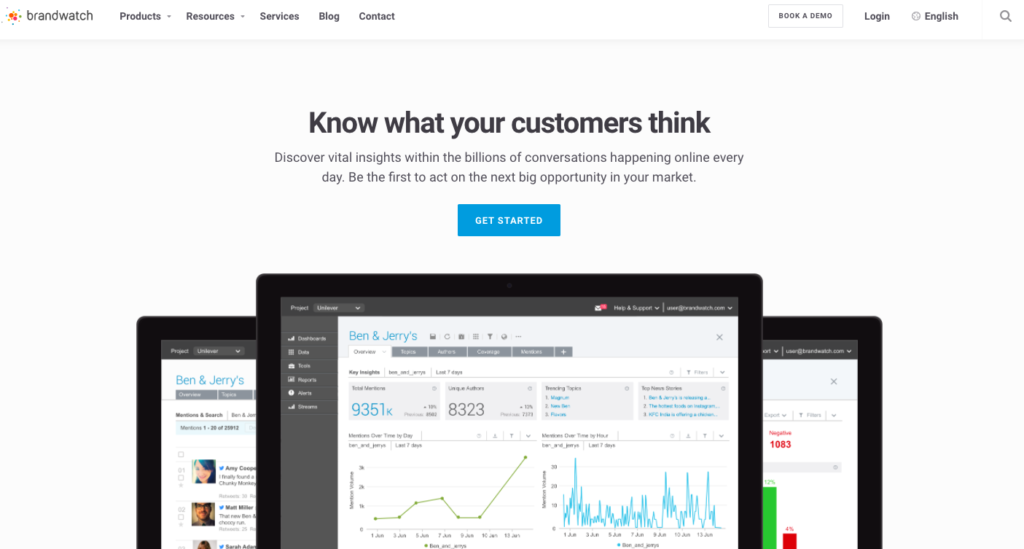
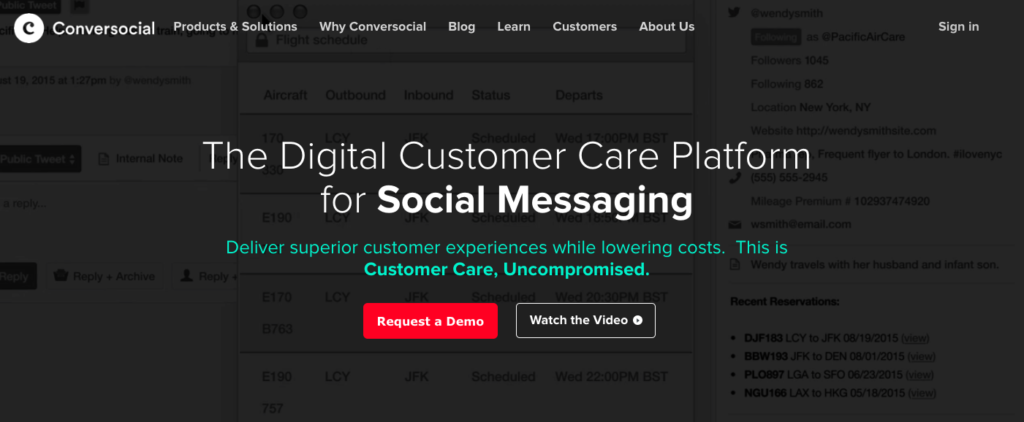
Work with influencers
Finding the right influencer who will share your content can have a large impact on your brand’s visibility and popularity.
Do some research to identify top influencers in your industry. Think of people with a large following on social media, popular bloggers, celebrities, as well as journalists.
When conducting your research, use the keywords from your list and see whose names pop up in the search results. Twitter is a great place to look for industry influencers. Make sure to follow them and check if what these people publish would resonate with your audience. If so, add them to your list.
Finally, try to build relationships with your selected influencers by commenting or sharing their posts. This way, they might be more willing to share your content as well.
Start a blog
Starting a blog is very simple. The first thing you need to do is choose a blogging platform such as WordPress, Tumblr, or Blogger.
WordPress is probably the best choice out there because it is free, easy to set up, and safe to use. On top of that, this blogging platform offers a great number of plugins for monitoring, analyzing, SEO, and social sharing that will make your job a lot easier. No wonder it has 72 million users, including big players like BBC, Nasa, and Mercedes Benz!



Once you’ve set up your blog, the next step is to polish up its design. Make sure it looks professional and that it is simple to navigate.
Last but not least, check if the blog is visually appealing. You might want to hire a designer at this stage; after all, the blog represents your startup and can be a powerful mean to drive traffic to your site.
Finally, content is what matter most on your blog. Make sure that what you publish is useful and engaging; the design should merely enhance the user experience.
Digital Marketing Guide for Startups – Part 3
Content
Now that your blog is all set up and you’ve chosen the social media channels you’ll be using, it’s time to start creating content. Of course, you’re not a professional writer (nor can afford to hire one) so this task may seem rather difficult. Not to worry, the following tips are designed to make it easier for you.
Make a list of topics
Remember the keyword list you were compiling in Part 1? Now is a great time to put it to good use. Use the keywords as a basis around which you’ll brainstorm topics. All in all, you’ll need about 30-40 topics to start with.
If you can, add the main points and descriptions under each title so as to be sure you won’t forget anything when the time comes to write the post.
Once you’ve determined the titles, craft a content calendar. This calendar will help you keep organized, be more productive, and focus on deadlines. Some of the tools you can use for your calendar are Trello, Asana, and Evernote.



Determine the types of content
Pro marketers say that besides blogs, there are five other types of content you should publish:
- eBooks
- Newsletters
- Videos
- Webinars
- Infographics
But if these are not enough for you, you can choose from 113 different types of content!
Guest posting
Guest blogging has a few important advantages for startups. Not only is it free (depending on the host blog), but it also allows you to build your reputation. The more popular the host blog is, the more audience there is to attract.
When looking for guest posting opportunities, start by searching the top blogs in your industry. The good old Google search is always helpful. For instance, if you’re in the food niche, simply type “cooking/food blogs”.
Visit those that look attractive and look for “contributors’ page” or “work with us page” to find out more about their guest post options. You can also look for specific lists of blogs that accept guest posts for almost every niche.
Once you’ve selected which blogs you want to contact, pitch the blog owner or editor with topic ideas (find information in the “contact” section of the blog). It’s always helpful to include links to some of your past works as a proof that your content is high-quality and original.
After you’ve built a reputation, you can also offer guest posting opportunities on your own blog. Create a contributors’ page or find influencers via social media. Once the guest post is published, let the contributor know and ask them to promote it.
Build an email list
Email is definitely not dead. It remains one of the most effective ways to convert visitors into customers and engage with them on a regular basis.
That’s why building an email list should be a top priority for you. There are several ways to build this list but the best way is to do it via your website.
Here is how you can use your website to capture emails, along with some tools to help you:
- Popups and slide-ins – Sleeknote
- Header bars – Hello Bar
- Widgets and in-page options – Opt-in Widget
- Contact forms – Gravity Forms

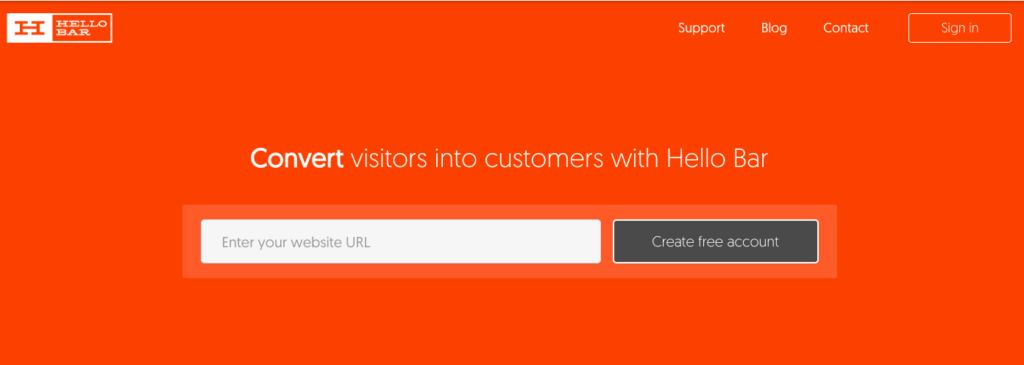
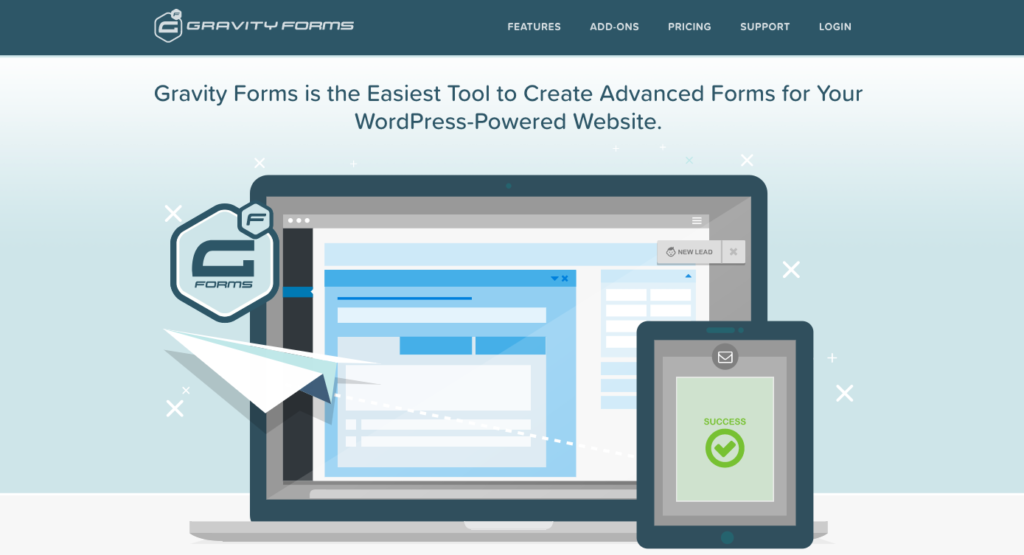
Conclusion on Our Digital Marketing Guide for Startups
Startup founders are often so focused on taking the business to the next level by finding investors and hiring the right talent, that they often neglect the importance of building a marketing plan for their young business.
Because startups often operate with limited resources, be it money, people or time, traditional marketing tactics are not always effective. This means entering new territories of digital marketing for startups, which requires an ability to adapt quickly and learn a lot along the way.


